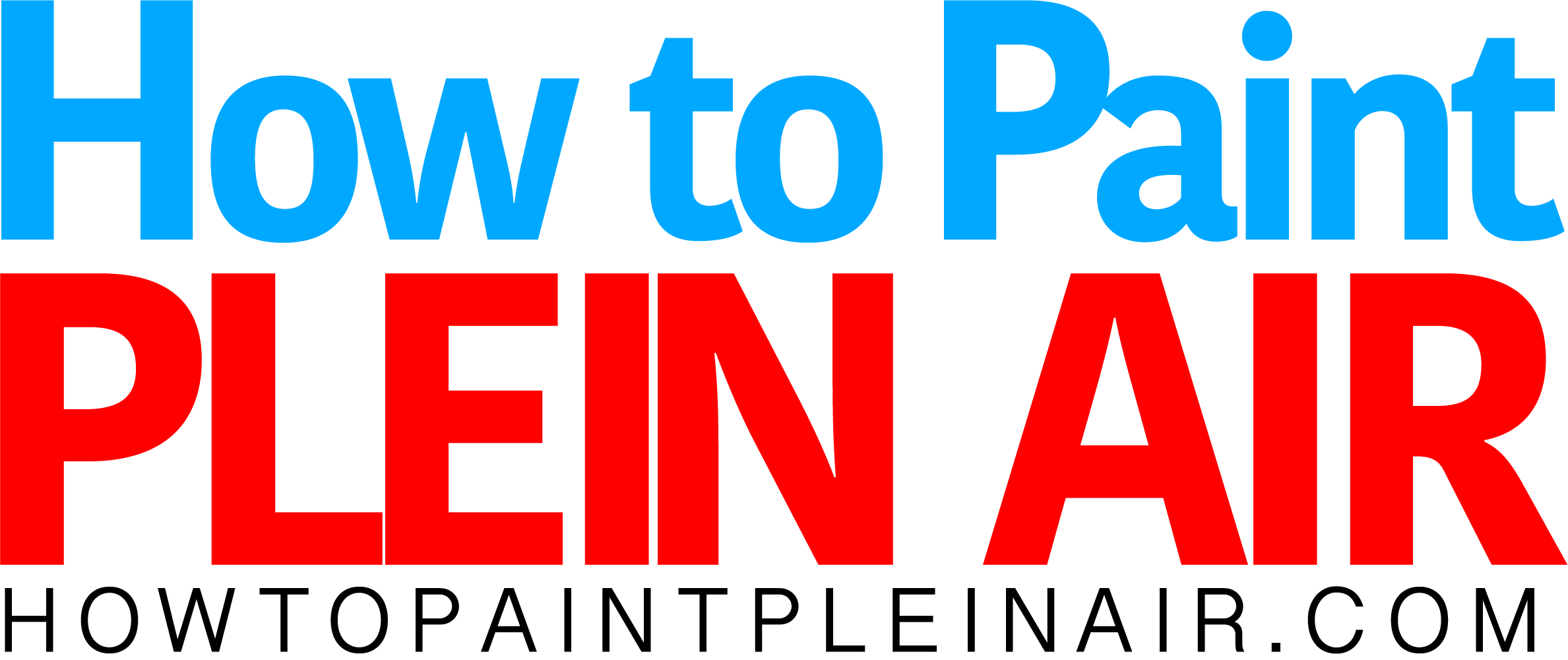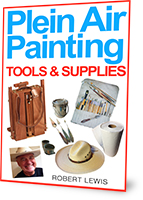Color block studies are a wonderful way to understand color by looking at light as it bounces around from one colorful object to another. Color block studies came out of the Cape “school” of painting and Henry Hensche’s color theories. Hensche (1899–1992) was an American painter and teacher who had a wide, delightful effect on painting, especially for those artists who like lots of color.
To really see the effect of one color reflecting its color onto another color, build yourself some color blocks. Make them out of cardboard and paint them with basic flat poster paints. Nothing fancy. In the photo above, for example, the cylinder was an oatmeal container and the rest of the blocks were constructed with recycled cardboard, tape, and poster paints.
Set an arrangement up on a white cloth in full sun and just watch the color bounce from one shape to another. Study this closely as you paint. Don’t make any assumptions at all. You may think the yellow block is yellow but it isn’t; it’s yellow here, green there, orange, here, and gray there. Paint only what you see, not what you think. Nothing teaches color better.








